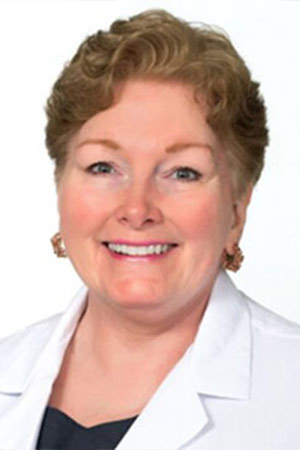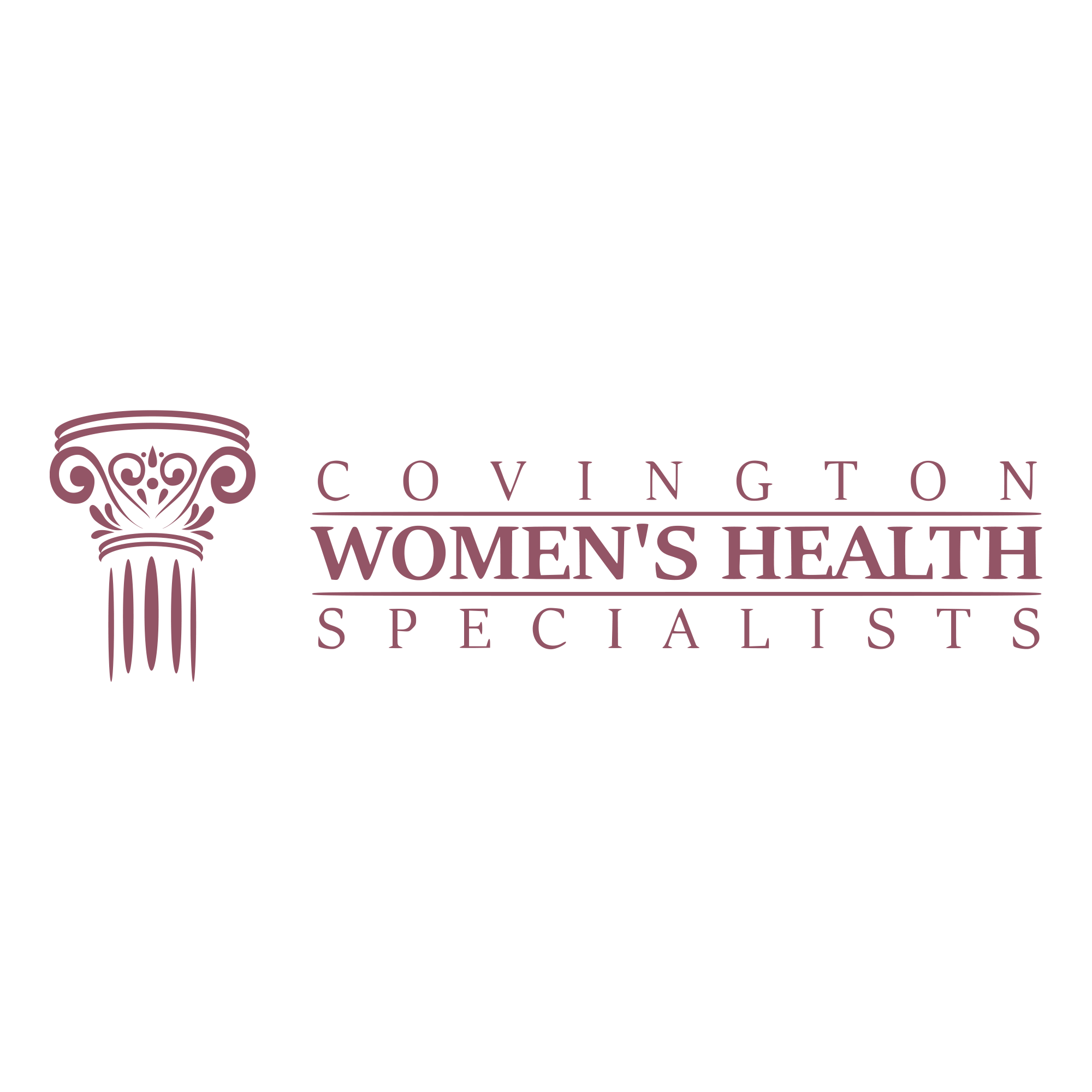What You Need to Know About Cervical Cancer
While rare, cervical cancer does affect about 200,000 women in the United States each year. For those who do have it, it can be a devastating disease if not caught early enough. That’s why it’s vital to keep yourself informed about cervical cancer, so you and your loved ones can spot it before it gets too serious.
Keep reading below to learn more from the experts at Covington Women’s Health.
What is Cervical Cancer?
A type of cancer that happens in the cells of the cervix, cervical cancer starts when healthy cells in the lower vagina begin to reproduce uncontrollably. There are two types of cervical cancer: squamous cell carcinoma and adenocarcinoma. The former begins in the lining of the outer part of the cervix, while the latter begins in the cervical canal.
The biggest risk factors for this cancer are having multiple sexual partners, STIs, smoking, a weak immune system, and having sex early on in your life.
Currently, it’s not known what causes cervical cancer. However, it is clear that HPV plays a part. It is not the only reason though, as HPV is extremely common and many people with it never have cancer. So, HPV paired with environment or lifestyle factors will cause this cancer to develop.
Symptoms
Unfortunately, the early stages of this cancer show no symptoms. Here are the most common symptoms of the late stages of cervical cancer:
- Bleeding from the vagina after sex.
- Abnormal bleeding in-between periods or after menopause.
- Pelvic pain
- Pain while having sex.
- Discharge from the vagina that may be watery, bloody, or have a strong odor.
Treatment Options
The good news is that, usually, cervical cancer is treatable, if caught early enough. There are multiple ways to keep an eye on it in your body, such as early screening tests and the HPV vaccination. Speak with your gynecologist today about your screening options and if you should get the HPV vaccination if you haven’t yet.
There are also multiple treatment options available. The most common are as followed:
- Chemotherapy
- Surgery
- Therapy options
- Radiation
- Clinical Trials
If you have any further questions, reach out to our professional gynecologists by clicking here or by giving us a call at 770-385-8954.





